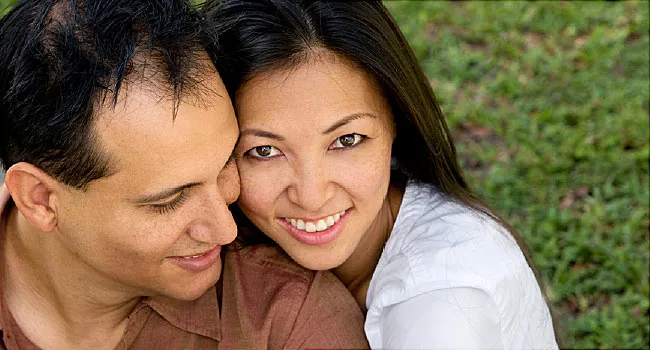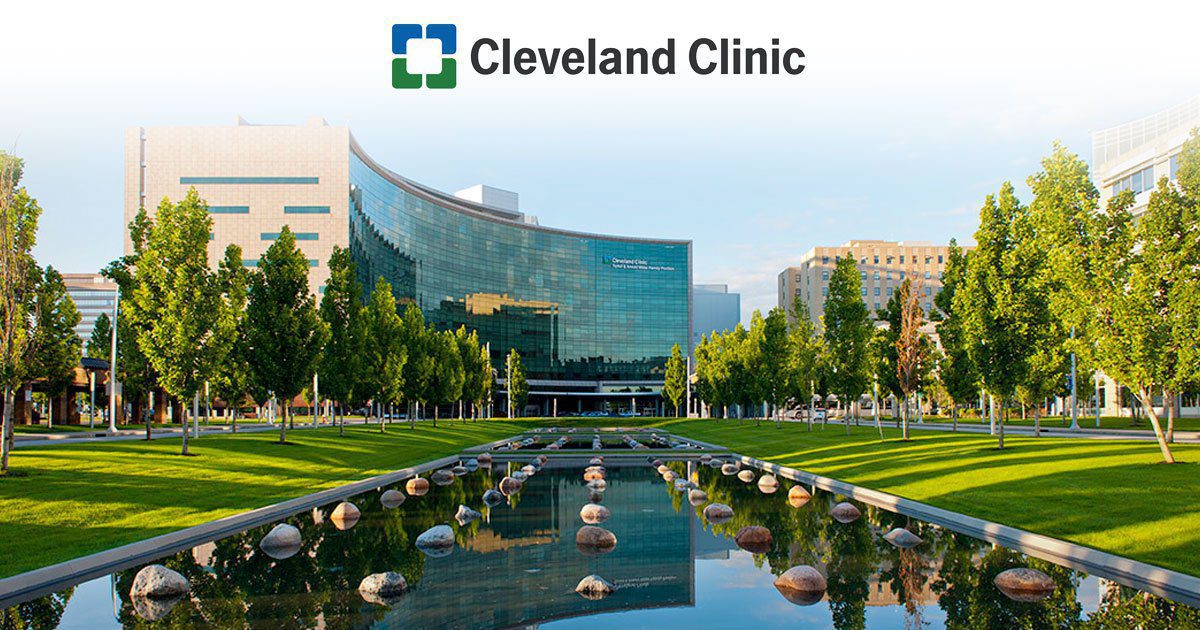You need to enable JavaScript to run this app.
Source
Sep, 2022

Acne

Waarom Gladskin Acne?
Acne is een aandoening die zich kenmerkt door symptomen als puistjes, pukkels, comedonen, infecties en cystes. De Staphylococcus aureus bacterie veroorzaakt of verergert veel van deze symptomen. De meeste bacteriën die op de huid leven zijn echter goed en dragen bij aan een gezonde huid. Deze goede bacteriën moeten dus met rust gelaten worden.
Skincare
Build a Routine Tailored to You
Get your skin routine for €35 (or less!)
let’s go →
my skin usually feels
dry and tight pretty balanced gets oily
back next
what are your main
skin goals
brighter skin less blemishes hydrated, dewy skin even skin tone & texture reduce redness and soothe fewer fine lines and wrinkles
back next
i like my mask to
tighten pores decongest give me a glow leave skin feeling hydrated and plump make me feel calm and relaxed
back next
your personalised routine is ready
want an extra 10% off?
enter your email below to receive your code.
go to routine →
Thanks for joining the Revolution
*By submitting this form, you give consent to receive marketing communications from Revolution Beauty. By signing up to our newsletter, you are agreeing to our Terms & Conditions and Privacy Policy.
back next
Sep, 2022

Acne

Waarom Gladskin Acne?
Acne is een aandoening die zich kenmerkt door symptomen als puistjes, pukkels, comedonen, infecties en cystes. De Staphylococcus aureus bacterie veroorzaakt of verergert veel van deze symptomen. De meeste bacteriën die op de huid leven zijn echter goed en dragen bij aan een gezonde huid. Deze goede bacteriën moeten dus met rust gelaten worden.
Sep, 2022

Hair Transplant Procedures: Average Cost, What to Expect, and More

Like good health and youth, most of us take our locks for granted — that is, until they’re gone. For many people, a hair transplant can help bring back what looks like a full — or at least a fuller — head of hair.
If thinning up top or going bald really bothers you, the procedure can be one way to feel more confident about your looks. But first talk with your doctor about what you can expect during and after the surgery.
What Is a Hair Transplant?
It’s a type of surgery that moves hair you already have to fill an area with thin or no hair. Doctors have been doing these transplants in the U.S. since the 1950s, but techniques have changed a lot in recent years.
You usually have the procedure in the doctor’s office. First, the surgeon cleans your scalp and injects medicine to numb the back of your head. Your doctor will choose one of two methods for the transplant: follicular unit strip surgery (FUSS) or follicular unit extraction (FUE).
With FUSS, the surgeon removes a 6- to 10-inch strip of skin from the back of your head. They set it aside and sews the scalp closed. This area is immediately hidden by the hair around it.
Next, the surgeon’s team divides the strip of removed scalp into 500 to 2,000 tiny grafts, each with an individual hair or just a few hairs. The number and type of graft you get depends on your hair type, quality, color, and the size of the area where you’re getting the transplant.
If you’re getting the FUE procedure, the surgeon’s team will shave the back of your scalp. Then, the doctor will remove hair follicles one by one from there. The area heals with small dots, which your existing hair will cover.
After that point, both procedures are the same. After they prepare the grafts, the surgeon cleans and numbs the area where the hair will go, creates holes or slits with a scalpel or needle, and delicately places each graft in one of the holes. They’ll probably get help from other team members to plant the grafts, too.
Depending on the size of the transplant you’re getting, the process will take about 4 to 8 hours. You might need another procedure later on if you continue to lose hair or decide you want thicker hair.
Expectations and Recovery
After the surgery, your scalp may be very tender. You may need to take pain medications for several days. Your surgeon will have you wear bandages over your scalp for at least a day or two. They may also prescribe an antibiotic or an anti-inflammatory drug for you to take for several days. Most people are able to return to work 2 to 5 days after the operation.
Within 2 to 3 weeks after surgery, the transplanted hair will fall out, but you should start to notice new growth within a few months. Most people will see 60% of new hair growth after 6 to 9 months. Some surgeons prescribe the hair-growing drug minoxidil (Rogaine) to improve hair growth after transplantation, but it’s not clear how well it works.
Risks and Costs of Treatment
The price of a hair transplant will depend largely on the amount of hair you’re moving, but it generally ranges from $4,000 to $15,000. Most insurance plans don’t cover it.
As with any kind of surgery, transplants have some risks, including bleeding and infection. There’s also the chance for scarring and unnatural-looking new hair growth.
Around the time new locks start to grow, some people have inflammation or an infection of the hair follicles, called folliculitis. Antibiotics and compresses can relieve the problem. It’s also possible to suddenly lose some of the original hair in the area where you got the new strands, called shock loss. But most of the time, it’s not permanent.
Talk with your doctor about these risks and how much improvement you’re likely to get from the surgery. They can help you decide if it’s a good option for you.
Sep, 2022

Hair Transplant: How Does It Work, Success Rates
Overview
What is a hair transplant?
A hair transplant is a surgery that moves hair to bald or thinning areas of the scalp. Also called hair restoration or hair replacement, it’s usually for people who have already tried other hair loss treatments. Dermatologists (healthcare providers specializing in the skin) or plastic surgeons (healthcare providers specializing in reconstructive procedures) perform hair transplants.
How does a hair transplant work?
The healthcare provider takes grafts, or small pieces of skin, from areas of the body that contain healthy hair. Healthcare providers call this area the donor site. It’s usually on your head, at the back of your scalp where hair tends to be thickest. The healthcare provider moves the grafts to hairless parts of the scalp. Once the transplanted skin heals, it should continue to grow hair.
What conditions does hair restoration surgery treat?
There are many reasons you might lose your hair. Sometimes hair loss is temporary, but it can be permanent. Hair implants may help with permanent hair loss caused by:
- Alopecia areata, an autoimmune disease that attacks hair follicles.
- Androgenic alopecia, or pattern baldness.
- Thyroid diseases or hormonal imbalances.
- Traumatic injuries or burns.
Who is a candidate for hair replacement?
You may be a candidate for hair replacement surgery if you:
- Are in good health.
- Have realistic expectations about hair replacement results.
- Still have areas of thick hair growth on your scalp.
Procedure Details
What are the different types of hair transplant surgery?
There are several different ways to perform hair transplant surgery, including:
- Grafting.
- Scalp reduction.
- Flap surgery.
- Tissue expansion.
How is grafting performed?
Hair grafting is the most common type of hair transplant surgery. A healthcare provider cuts tiny pieces of the scalp containing healthy hair. Sometimes they use a small, round punch to remove skin that contains about 10 to 15 hairs. People used to call these grafts “hair plugs.” Micro-grafts contain one to two hairs.
The procedure can take several hours. Most people stay awake during the surgery, but they receive medication to numb the scalp. You may need several procedures depending on how much hair your provider needs to move. Your scalp will need to heal for a few months between procedures.
How is scalp reduction performed?
Providers also call scalp reduction alopecia reduction. During this procedure, a surgeon removes a small area of bald skin from the scalp. They loosen nearby skin containing hair and pull it over the bald area. Then, they stitch it in place.
Scalp reduction is ideal for bald areas on the top and back of the head. These sections are usually surrounded by skin with hair. Sometimes providers use scalp reduction and hair implants together to achieve full coverage. Like grafting, scalp reduction usually only requires numbing medication on the scalp. This means you don’t need general anesthesia.
How is flap surgery performed?
Your surgeon may recommend flap surgery if you have large bald areas near the front of your scalp. Flap surgery occurs in several phases over a few weeks. The surgeon makes superficial cuts around three sides of donor site. The fourth side remains attached, maintaining its original blood supply. This technique helps the surgeon cut the flap and lift it over bald areas. Flap surgery requires general anesthesia.
How is tissue expansion performed?
If you have scalp baldness or disfigurement due to burns, your provider may perform tissue expansion surgery. Tissue expansion requires general anesthesia and involves several steps:
- A reconstructive surgeon inserts an implant under the scalp, where hair still remains. Shaped like a balloon, they call it a tissue expander.
- Over several weeks, the expander is gradually inflated to stretch the skin.
- The surgeon performs a second procedure to cover the bald area with the stretched skin.
Risks / Benefits
What are the risks of hair transplant surgery?
As with any surgery, a hair transplant comes with risks. These include:
- Allergic reaction to anesthesia.
- Excessive blood loss.
- Failed grafts or flaps.
- Infection.
- Loss of feeling on your scalp.
- Scarring.
What are the side effects of hair transplant surgery?
Side effects of hair transplant surgery are usually temporary. You may experience the following issues on your scalp, at the donor site or where the new hair is:
- Crust or scabs.
- Itching.
- Loss of feeling.
- Pain or throbbing.
- Swelling.
- Tightness.
What are the benefits of hair restoration?
Potential benefits of hair restoration include:
- Fuller head of hair with fewer bald areas.
- Improved self-esteem.
- Permanent hair loss solution.
Recovery and Outlook
What is the recovery process after hair transplant surgery?
Most hair transplants are outpatient surgeries, which means you can go home the same day as the procedure. Your recovery process will depend on the type of transplant you have. In the days after surgery, you may be able to:
- Day 1: Remove bandages.
- Day 2: Wash your hair.
- Days 3 to 5: Return to work and start light activities.
- After 10 days: Remove stitches (done by your healthcare provider).
- After 3 weeks: Return to exercise or sports.
How long do the results of a hair transplant last?
It can take up to a year before you see the full results of any hair transplant. The transplanted hair may fall out as the graft or flap heals. This is normal. The hair should grow back. You may need several “touch-up” hair transplant surgeries to achieve a natural-looking result.
When to Call the Doctor
When should I see my healthcare provider about a hair transplant?
You’ll likely have several follow-up visits with your healthcare provider after surgery. They will make sure your scalp is healing well. But contact your provider right away if you experience any of the following problems:
- A fever that doesn’t go away.
- Excessive bleeding from your scalp.
- Severe redness or pain on your scalp.
- Signs of infection, such as green or yellow pus oozing from the cuts in your scalp.
A note from Cleveland Clinic
Hair transplant surgery may be an option if other hair growth treatments didn’t work for you. There are many different hair transplant techniques. So, it’s important to work with a healthcare provider to choose the procedure that will best meet your goals. Look for a skilled professional with experience in hair loss and hair restoration. They are the only ones who should perform transplant surgery. You should also consider the practical aspects of hair transplant surgery. Think about the cost and the healing time between treatments.
Sinds 1976 specialist in haartransplantaties met natuurlijk resultaat

Ontvang vandaag een persoonlijke behandelindicatie
Vraag per e-mail een prijs- en behandelindicatie aan. De foto’s van het te behandelen gebied kunt u daarvoor e-mailen naar info@zantmankliniek.nl. Vermeld daarbij ook uw voor- en achternaam, telefoonnummer en geboortedatum.
U ontvangt dan vandaag nog een prijs- en behandelindicatie per e-mail.
dermatology practice High Point, NC
- New Medicaid Information:
We are no longer accepting Medicaid Patients unless they have Medicaid as a secondary insurance.
Don’t forget to pick up a bottle of EltaMD Sunscreen while you’re at our office!
Types of Appointments
1. A “Total Body Check” /Annual Exam
OR
2. A “problem-focused” office visit
Unfortunately, the two appointments cannot be combined.
If you and your provider decide a procedure needs to be performed, an additional appointment may be required.
Procedures are generally applied to your deductible. If you haven’t met your deductible, you will be expected to pay towards the cost of the procedure at the time of your visit (at least $100.00).
If you have questions, please do not hesitate to contact the billing department at 336-887-3195, option 6.
GFC an Effective Hair Loss Treatment
Hair Loss can be attributed to a variety of reasons. It could be due to lack of nutrients, weather conditions, after -effects of medications or therapy, wrong hair care techniques, genetic conditions or due to hormonal imbalance.
Modern trichology treatments can help overcome most of these conditions and help in hair regrowth or regeneration. One such treatment that is known to have very effective results is GFC or growth factor concentrate treatment.
What is GFC treatment?
GFC or the Growth Factor Concentrate Procedure utilizes the patient’s own blood to extract Growth Factors. These growth factors are highly concentrated and are injected into the target area of the scalp using micro-injections.
How long does the procedure take?
The entire procedure barely takes about 2 hours. Once the procedure has been decided on, about 15 to 16ml of the patient’s blood is taken such that the growth factors can be extracted from it. The extraction process takes about 40 to 50 mins to yield about 6 to 7 ml of highly concentrated growth factors. This concentrate is then injected onto the scalp the time length of which may vary depending on the comfort level of the patient.
The trichologist will decide if you would need multiple sessions to get more effective results based on the extent of your hair loss. If multiple sessions are required then the whole procedure is repeated after a gap of 30 days. Not more than 3 to 4 sessions are required to get effective results.
Rejuvenate Health is known for its highly effective GFC treatment. It is one of the best GFC treatment centers in Barrackpore, with a long list of successful cases. Rejuvenate Health is not just known for providing the best hair care treatment but is also known for being cost effective as well. For more information on GFC treatment and to get assessed by a Trichologist contact us J/8, Anandapuri, Barrackpore, Kolkata, West Bengal 700122 | +91 9875417469.
